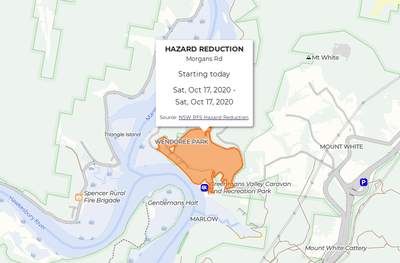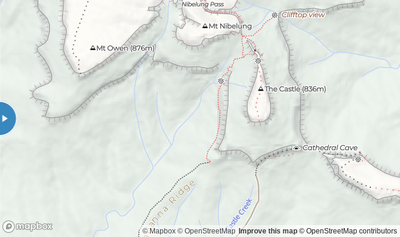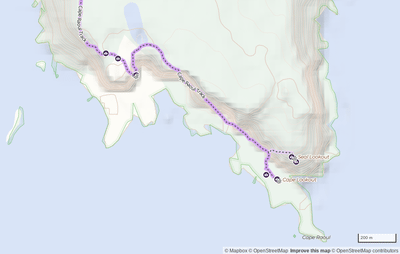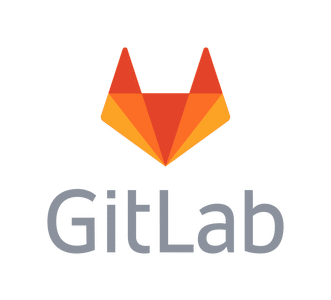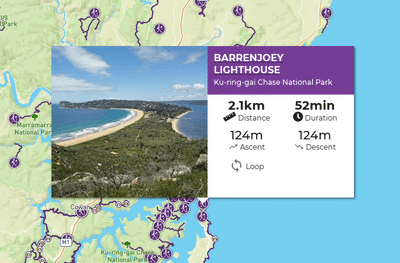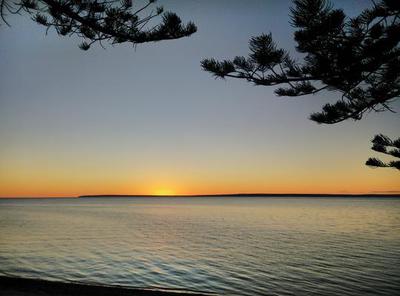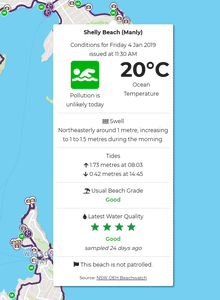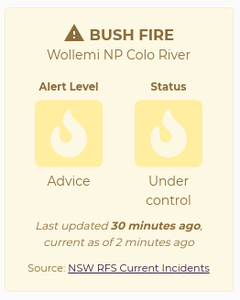Adding NSW Hazard Reduction Burns to the Map
We are well and truly into hazard reduction season now. After planning out a walk, travelling to the start only to discover a prescribed burn taking place I knew I needed to improve BeyondTracks. For a long time we’ve shown active fires from NSW RFS, but this didn’t show areas planned for hazard reduction before the burn started. So from today we show planned hazard reduction burns for NSW on the map.
Posted
